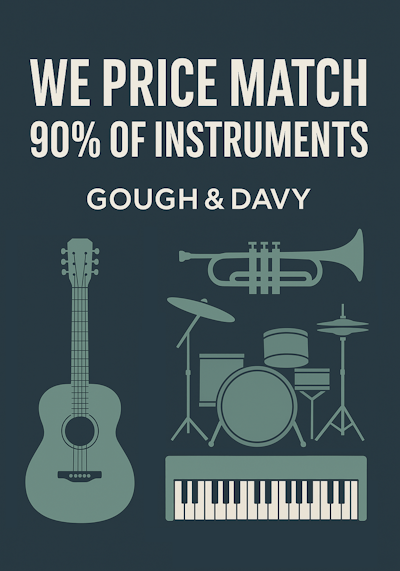
How To Take Baby Steps With A Grand Piano
For all the development of keyboards and other high-tech instruments since the late 20th century, the piano remains one of the most popular instruments around. Whether it is the skill of musical superstars like Elton John and Stevie Wonder or the work of composers like Hans Zimmer such as the theme tune of Inception, the piano remains central to our musical experiences.
As such, many youngsters today will still be keen to learn the piano. But while the idea of one day becoming a concert pianist may still appeal to talented emerging musicians, a full-size grand piano could be a bit much to begin with.
That is why a baby grand piano can be a great option, not just for a young pianist but also because its smaller size does bring the practical aspect that you actually be able to fit it in the house.
Before investing on one, it makes sense to know the difference between a baby grand piano and the full-sized version, which is not just a matter of scale.
Firstly, it is worth noting there are several kinds of grand piano other than the full-sized version. The smallest type is the petit grand, which can be shorter than 5 ft in length, while a medium grand is between 5 ft 6 to 5 ft 8 inches long. A baby grand is between these, from five and 5 ft five long.
Among larger sizes, the medium, parlour, semi-concert and concert grands get progressively longer, the last of these being up to nine ft in length.
Size isn’t everything, however - and in this case the reason is that the resonance of the sound, already better in a grand piano of any size than a standard upright piano - will be better suited to the acoustics of a smaller space, as will be found in the home, which is, unless you have an unusually large house, a great deal smaller than a concert hall.
Baby grands have been around a long time, of course. The piano itself was an invention of the 1700s by Bartolomeo Cristofori, with grand pianos developing over time. The arrival of the baby grand is credited to Hugo Sohmer in the 1880s, who produced the first 5 ft grand.
Since then there have been many musicians who will have had a baby grand in their homes, helping them develop their skills before moving onto the full scale version for the entertainment of audiences in large arenas.
Of course, there are a few things to consider when investing in a baby grand. The issue of how much use it will get - either from one budding musician or several members if the family - is important for issues of maintenance. While you won’t need to be constantly tuning and attending to it, the level of use will affect this.
Looked after well, a baby grand can last for half a century when new. If it is second hand then, as with a car, it depends how much of the musical equivalent of mileage it has on the clock, though as ever spare parts can help renew worn-out bits.
Ultimately, however, the greatest value will stem from how much you play and how good the music emanating from its keys will be.






